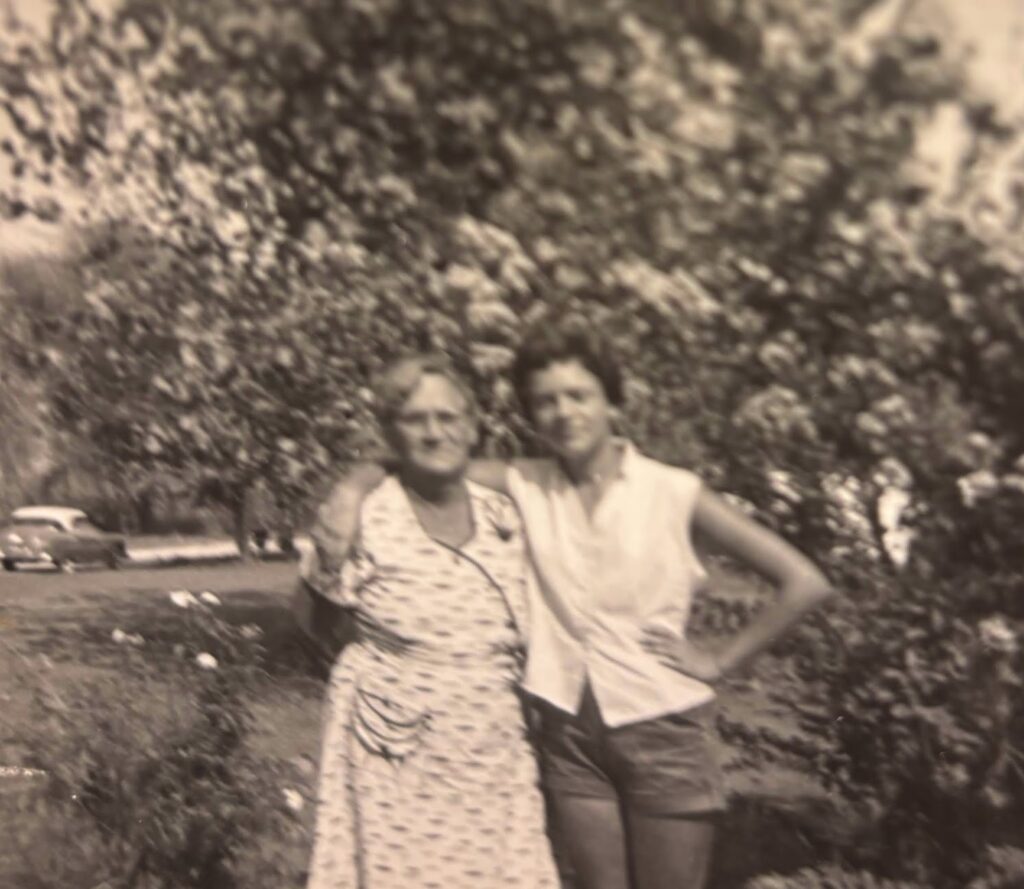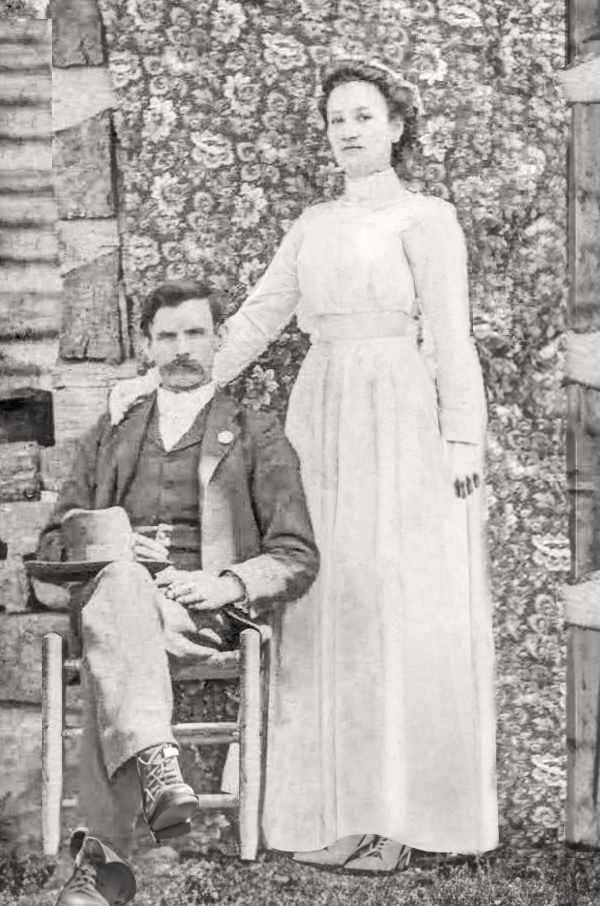
The house is quiet on this cold, snowy winter morning, and it seems that no one is stirring except a possible mouse. I hear her working on something under the bookcase, making tiny, scratchy noises. I’m feeling philanthropic today and hate to begrudge her whatever minuscule crumbs she can find after yesterday’s housecleaning. We have tried to block all egress to our 1920s home for years, stuffing steel wool around all the pipes and blowing insulating foam into every tiny gap we can find. Still, about every other year, one of her kind who is clever and resourceful and shivery cold finds some way to escape the snow and enter our warm, cozy home.
She and her family seem to have a genteel nature, as I never find any evidence of their passage, no chewed wires or boxes or bags, and not a drop of excrement has been scattered in my cupboards or original hardwood floors. In past years, my beloved husband has set traps or put out poison. On one occasion, I found one of the tiny creatures guillotined under the sprung wire of the trap. Seeing the violent end of so frail a creature caused despair in my tender heart. Yes I know they can do a lot of damage, but somehow, in this year in particular, I do not have the will to mention the noises I keep hearing. I am comfortable in my cozy chair, blanket drawn up to my chin. I know she will joyfully flee back outside when spring returns, for she is a field mouse, born and bred. She will surely do no more damage than a domesticated cat or dog living inside.
When my daughter was in first grade, her class had a pet white mouse in a cage in her classroom. One morning, when the students came in, they found a nest of newborn baby mice with skin markings that made it clear the father was a wild mouse who had slipped easily into the little white one’s cage. When summer vacation neared, the teacher desperately asked if any children would like a pet mouse. Of course, my daughter volunteered. That’s the summer Shirley came to live in my bathroom, where she would be safe from the numerous cats my daughter had adopted. We all learned so much about mice that summer, including the fact that if picked up, they will not jump out of your hand but sit there with their tiny nose twitching, looking adorable and fuzzy and begging for food. We all loved Shirley, and fortunately, with a house full of cats, there were no secret trysts with a randy house mouse in the night. She lived a good, long life, wanting for nothing except perhaps a litter of her own. In a time of so much discord and hatred in the world I have decided to take a live-and-let-live policy this winter.
Knowing Shirley gave me empathy for all of her kind. Even this small insignificant creature proved herself not so terribly unlike us. Scientists tell us that we share 85% of the mouse’s genetic code and enough similarity in circulatory, reproductive, digestive, hormonal, and nervous systems that they can be used to help with the study of human physiology. Let us not forget that all humans, no matter their skin color, religion, sexual preference, politics, or country of origin, share all our DNA. You may know that the Bible, and most all of human philosophy, tells us to love our neighbor. You may not know what the lawyer testing Jesus asked after, “Who is my neighbor?” The answer to that question was the parable of the good Samaritan. If it’s not familiar to you, let me summarize. Your neighbor is anyone in need, regardless of where they live or what they think. No exceptions.
Letting the mouse live is not at all the same. I’m not patting myself on the back for my decision. The reality of our world is brutal right now, but I still believe we can all figure out how to make this work. May it be so.



